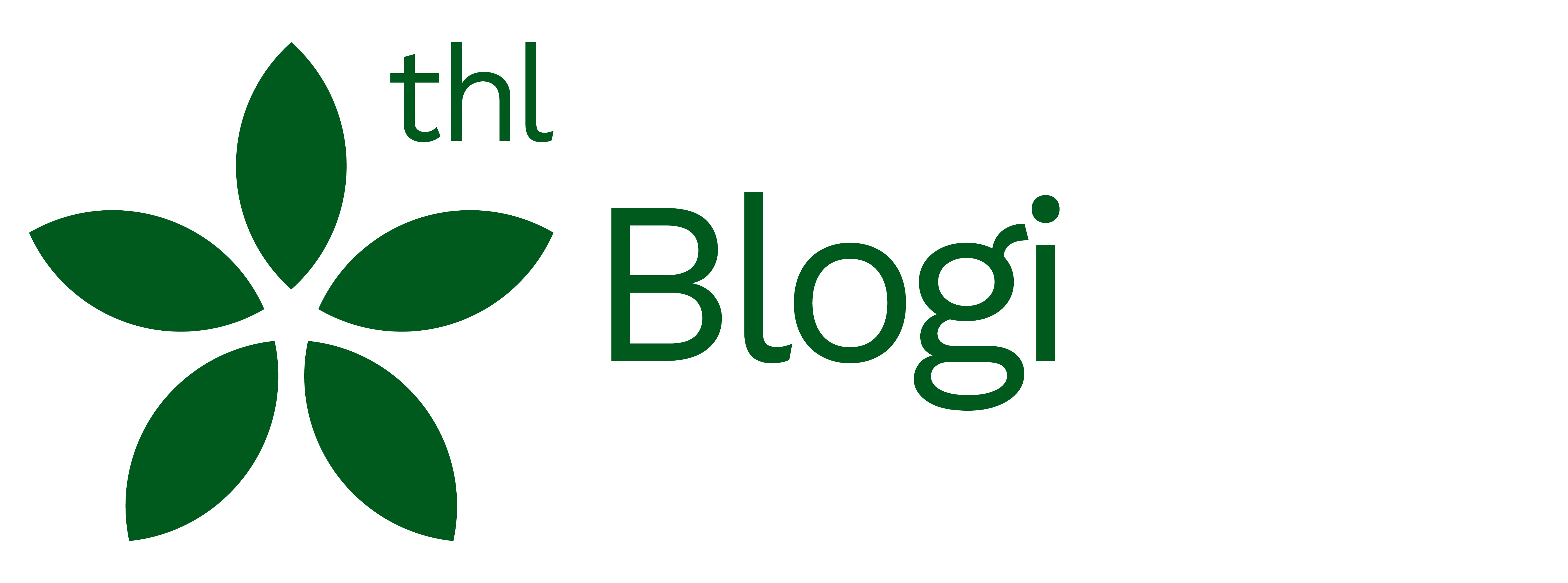Rare diseases is a new concept in the field of medicine. At the level of the EU, awareness of the challenges posed by rare diseases began to grow at the beginning of the 21st century. Rare diseases were given a European definition – a disease that affects no more than one person per 2,000. The development of the European knowledge base and the Orphanet database of rare diseases also began.
Rare diseases are a group of more than 7,000 different diseases that have only one common denominator – they are all rare.
The number of patients with rare diseases is unknown
There are estimated to be more than 300,000 patients with rare diseases in Finland. Only approximately 350 rare diseases have an ICD-10 diagnosis code of their own, which is why the patients cannot be identified in patient information systems or in healthcare registers. When there are no specific diagnosis codes, the prevalence of the diseases and the number of patients cannot be estimated with certainty.
However, rare diseases have a diagnosis classification of their own. With a description for more than 6,000 rare diseases, the Orphanet online service is the largest database of rare diseases. The specific ORPHAcode for each rare disease can also be found on the Orphanet website. The ORPHAcodes are short series of numbers, such as ORPHA:803 (ALS, amyotrophic lateral sclerosis).
Use of ORPHAcodes in patient information systems begins
HUS and Apotti were the first to implement the ORPHAcodes in Finland at the beginning of March. In future, the physician can record an ORPHAcode for the patient in connection with a treatment or visit related to a rare disease. The code will be transferred to the list of the patient’s diagnoses. A code recorded once will follow the patient, but it should be recorded again for those visits that are related to the treatment of the rare disease. From June onwards, there will also be a separate field for the ORPHAcode in THL’s Care Register for Health Care (Hilmo). This will make it possible to collect the ORPHAcodes and the information recorded in healthcare at the national level.
The ORPHA nomenclature is available for electronic patient information systems from THL’s Code server in the same way as the ICD-10 codes. ORPHAcodes are not in national use in any of the EU countries, nor is an official regulation or strategy on their implementation on the horizon. Some of the countries, such as France, Germany, Italy and Norway, have still implemented the codes alongside the ICD-10 codes in parts of their healthcare. THL participates in an EU project (OD4RD2) aimed at promoting the implementation of the codes in the Member States.
How can a physician record the ORPHAcode?
When the diagnosis for the patient has been determined, the individual rare disease can easily be found in the Orphanet database by using the English name of the disease.
However, unless the disease is ultra-rare, it is often difficult for a clinician to know whether a disease in their own field is a rare one on the basis of its prevalence. To make the recording easier, all rare diseases and their ORPHAcodes have been compiled by disease group on the THL website. In these lists, it is possible to view the rare diseases in one’s own field and their specific ORPHAcodes by topic or speciality. In addition, the most common questions and answers related to using ORPHAcodes are available on the THL website.
What will change with the codes?
The pilot carried out by HUS and Apotti is a significant step towards national implementation of the ORPHAcodes. The suppliers of other patient information systems are also preparing the introduction of the codes into their systems. It is possible that Finland will be the first EU country to implement the ORPHAcodes nationally in future.
In Finland, the implementation of the ORPHAcodes for rare diseases is one of the most important objectives of the national programme and, when realised, it will make monitoring the prevalence and care paths of rare diseases possible at the national level. Collecting disease-specific information nationally and internationally advances the diagnostics and treatment of rare diseases.
According to the estimate based on THL’s register data, up to 15 per cent of the costs of specialised medical care are related to the treatment of rare diseases. In addition, people with rare diseases use the services in primary healthcare and social welfare a lot. With ORPHAcodes, this group of patients can be made visible in healthcare registers and the need for services and their costs can be estimated.
THL is responsible for the national coordination of rare diseases. Determining the prevalence of rare diseases is necessary to coordinate the activities and to increase knowledge. Better knowledge is required to develop the service system. The codes also provide new opportunities to carry out clinical and pharmaceutical research on rare diseases.
Many aspects of the service system work well from the point of view of chronic diseases, but only small steps have so far been taken with regard to rare diseases. The implementation of the ORPHAcodes is therefore a huge leap towards better diagnostics and treatment of rare diseases and a national knowledge base. Early diagnosis is crucial for those suffering from rare diseases.
The article is part of the Disability in Society blog series
The Disability in Society blog series deals with phenomena connected with disability in our society and services for people with disabilities. The concept of disability has changed with time. Issues that are important today include human rights, participation, accessibility and right to self-determination.
